Some ways of rendering images in javafx and indeed many of the components in javafx are anti-aliased meaning they will try to smooth, see here for another post covering it with images.
You could try drawing the pixels to an image view first and disabling the smoothing attribute and redrawing the image back onto the context:
ImageView scaledImageView = new ImageView(image);
scaledImageView.setSmooth(false);
However that would require a reimplementation of what you already have,
and drawing the image back onto the context2d with the adjusted size.
This post here had the same issue with blurring caused by anti aliasing just for reference.
There are also some less invasive solutions that could work, sometimes anti aliasing can distort the image if you scale/zoom by a magnitude less than 2, examples 32x32, 64x64, it does this because:
At the device pixel level, integer coordinates map onto the corners
and cracks between the pixels and the centers of the pixels appear at
the midpoints between integer pixel locations. Because all coordinate
values are specified with floating point numbers, coordinates can
precisely point to these corners (when the floating point values have
exact integer values) or to any location on the pixel. For example, a
coordinate of (0.5, 0.5) would point to the center of the upper left
pixel on the Stage. Similarly, a rectangle at (0, 0) with dimensions
of 10 by 10 would span from the upper left corner of the upper left
pixel on the Stage to the lower right corner of the 10th pixel on the
10th scanline. The pixel center of the last pixel inside that
rectangle would be at the coordinates (9.5, 9.5).

